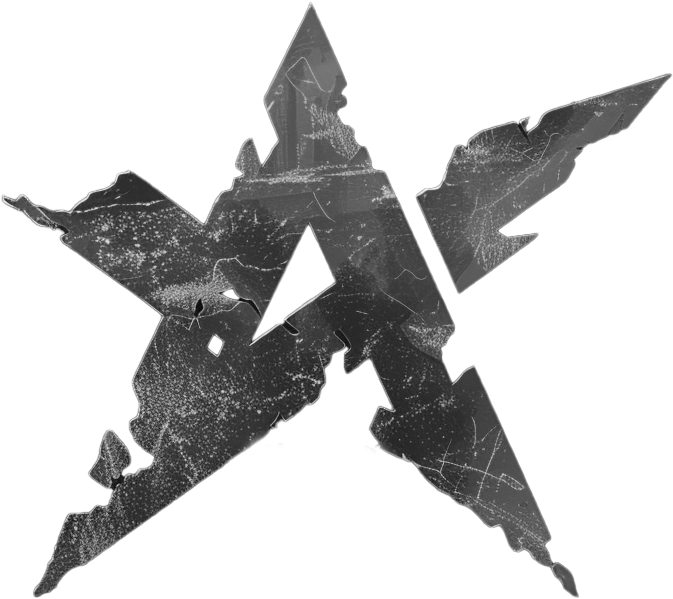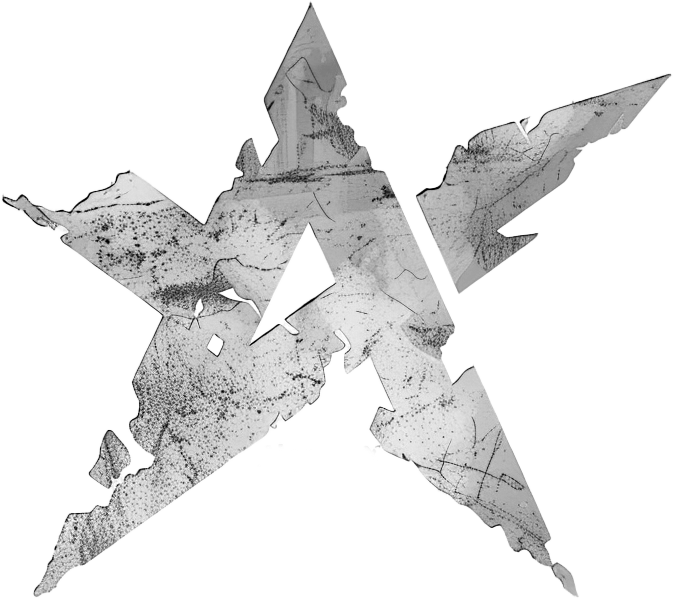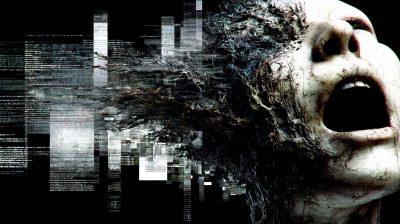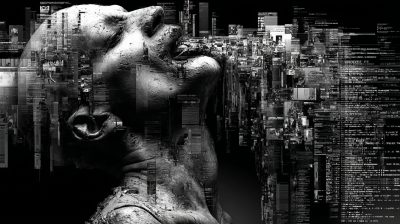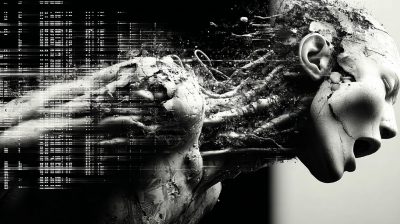The Hall of Mirrors Problem: AI Confronts Its Own Illusions!
Websterix
Even AIs Can’t Fact-Check Themselves: The Digital Dilemma!
The rise of generative AI fundamentally disrupts how we perceive news and reality, creating profound challenges for truth verification and the information industry:
How AI Changes Perception & Reality:
-
Hyper-Personalized Echo Chambers: AI algorithms curate news feeds based on past behavior, amplifying biases and isolating users from diverse perspectives, making „reality“ subjective.
-
Instant Synthetic Content: AI can generate realistic text, images, audio, and video („deepfakes“) in seconds, fabricating events, statements, or evidence that never happened.
-
„Overhauling Truth“ of Multiple Sources: AI can instantly generate multiple seemingly independent sources (articles, social media posts, videos) corroborating a false narrative. This exploits the journalistic standard of verification through multiple sources, making fabricated stories appear credible.
-
Erosion of Trust: The inability to easily distinguish real from synthetic content erodes trust in all media, including legitimate journalism. The pervasive doubt („liar’s dividend“) allows real actors to dismiss genuine evidence as fake.
-
Accelerated Misinformation: AI automates the creation and dissemination of disinformation at unprecedented speed and scale, overwhelming fact-checking efforts.
Implications for News & the Information Industry:
-
Newsroom Standards Under Siege:
-
Verification Crisis: The „multiple independent sources“ standard is no longer sufficient. Newsrooms must implement far more rigorous forensic verification techniques (digital provenance checking, metadata analysis, reverse image/video search with AI detection tools).
-
Transparency Mandatory: Clear sourcing, methodology, and disclosure of AI use in content creation (even for summaries or graphics) becomes essential.
-
New Roles Needed: Dedicated AI investigation units, forensic media analysts, and advanced fact-checking teams become critical investments.
-
Ethical Guidelines: Urgent development and enforcement of strict ethical guidelines prohibiting undisclosed AI-generated content in news reporting.
-
-
Industry-Wide Challenges:
-
Monetization & Clickbait: Pressure for speed and clicks incentivizes AI-generated low-quality or sensationalized content, flooding the ecosystem.
-
Platform Responsibility: Social media platforms face immense pressure to detect, label, and slow the spread of AI-generated misinformation – a technically difficult and costly arms race.
-
Erosion of Business Models: Trust is the core product of quality journalism. Widespread distrust threatens sustainable funding models.
-
Global Fragmentation: Different regulatory approaches to AI and misinformation create uneven playing fields and challenges for global news dissemination.
-
How Can We Know What’s Real? (The Existential Challenge):
-
Shifting from Trusting Content to Trusting Provenance:
-
Technical Signatures: Widespread adoption of tamper-proof digital provenance standards (like C2PA) that cryptographically sign the origin and editing history of media.
-
Watermarking & Detection: Reliable, standardized AI watermarking for synthetic media and robust detection tools integrated into platforms and browsers.
-
-
Critical Media Literacy on Steroids:
-
Public Education: Massive investment in teaching people how to critically evaluate sources, check provenance (when possible), identify potential AI artifacts, and understand the limitations of their own feeds.
-
Skepticism as Default: Cultivating a healthy skepticism towards any highly sensational or emotionally charged content, especially if it aligns perfectly with existing beliefs.
-
-
Enhanced Verification Ecosystem:
-
Advanced Fact-Checking: Fact-checkers using AI tools themselves to detect synthetic content and analyze patterns of disinformation.
-
Collaborative Verification: News organizations sharing verification resources and findings more openly.
-
Focus on Primary Sources: Greater emphasis on verifying information through direct, traceable primary sources whenever possible.
-
-
Accepting Uncertainty & Process:
-
Transparency about Uncertainty: Reputable news sources must be transparent when absolute certainty isn’t possible, explaining the verification process and the level of confidence.
-
Focus on Process over Product: Trust must be built on demonstrably rigorous processes within newsrooms, not just the final output.
-
Regarding Filmed „Proof“:
-
Never Assume Authenticity: Treat all video/photo evidence with initial skepticism.
-
Look for Provenance: Where did it originate? Can its source and chain of custody be verified?
-
Forensic Analysis: Scrutinize details (lighting, shadows, physics, reflections, audio sync, digital artifacts) – but be aware AI is rapidly improving at mimicking these.
-
Corroboration: Does it align with verifiable facts, credible eyewitness accounts, or other independently verified evidence? Does it make logical sense in context?
-
Trusted Verifiers: Rely on reputable organizations investing in forensic media analysis.
Conclusion:
AI doesn’t just change how we get news; it fundamentally challenges our ability to discern reality. The concept of „truth“ based on observation and reporting is under unprecedented assault. This necessitates a revolution in journalism – adopting forensic-level verification, radical transparency, and new ethical codes. It demands technological solutions for provenance and detection. Crucially, it requires a massive societal effort in critical media literacy. Knowing „what’s real“ will increasingly depend on verifying the source and history of information (provenance) and trusting institutions that demonstrably adhere to rigorous, transparent processes, rather than taking any piece of content at face value. The era of naive trust in digital media is over; we are entering an era of pervasive verification. The survival of a shared reality depends on our collective adaptation.
Mirror, Mirror on the Server: Can AI Trust What It Creates?
Websterix
